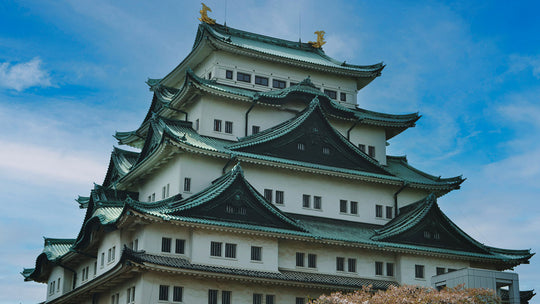
Have you ever heard of a Japanese family crest?
In Japan, it is called "Kamon" (家紋). For centuries, Japanese families have used their crests on Kimonos for special ceremonies and even on tombstones.
During the Azuchi Momoyama Period (1573-1603), one famous warlord stood out -Toyotomi Hideyoshi. Do you Know what his crest was?
His crest was the 'Kiri-mon' (桐紋), also known as "Goshichi no Kiri" (五七の桐).
The word "Kiri-mon" refers to a design of the paulownia tree.
Toady, the chrysanthemum is widely recognized as the symbol of the Japnese imperial family, but before that, the paulownia design was also their emblem.
In fact, history tells us that paulownia crests were used even earlier than the chrysanthemum.
At times, the emperor's family would pass down the paulownia crest to powerful men, and Hideyoshi proudly displayed it as his symbol of authority.
Even today, the paulownia crest represents the Japanese government and can be found on 5-yen coins and in official documents, like passports.
There are many variations of paulownia designs, but two of the most well-known are "Gosan no Kiri" (五三の桐) and "Goshichi no Kiri" (五七の桐).
Both feature a basic design of three upright flower clusters and three leaves.
When the flower arrangement is 3-5-3, it's called "Gosan no Kiri," and when it's 5-7-5, it's called "Goshichi no Kiri."
"Go" means 5 and "Shichi" menas 7 in Japanese.
Which one symbolizes the Japanese government? Look it up!

